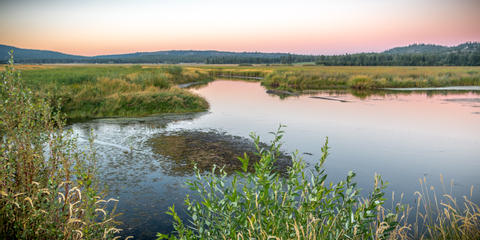Federal funding programs are under review as of 1/27/25. We'll make updates as new info is released.
USDA Farm Service Agency's (FSA) Conservation Reserve Program (CRP) is a voluntary program that contracts with agricultural producers so that environmentally sensitive agricultural land is not farmed or ranched, but instead devoted to conservation benefits. CRP participants establish long-term, resource-conserving plant species, such as approved grasses or trees (known as "covers") to control soil erosion, improve water quality and develop wildlife habitat. In return, FSA provides participants with rental payments and cost-share assistance. Contract duration is between 10 and 15 years.
CRP is authorized by the Food Security Act of 1985 and was reauthorized by the Agricultural Improvement Act of 2018 (the 2018 Farm Bill). The program is also governed by regulations published in 7 CFR, part 1410. The program is implemented by FSA on behalf of USDA's Commodity Credit Corporation.
Program Administration:
FSA administers CRP while technical support functions are provided by: USDA's Natural Resources Conservation Service (NRCS); State forestry agencies; Local soil and water conservation districts and; Non-federal technical assistance providers.
Benefits:
CRP protects more than 20 millions of acres of American topsoil from erosion and is designed to safeguard the nation's natural resources. By reducing water runoff and sedimentation, CRP protects groundwater; helps improve the condition of lakes, rivers, ponds and streams; and is a major contributor to increased wildlife populations in many parts of the country
Application Deadlines are for CRP General Sign-up period. Those interested in the Continuous CRP program may contact FSA at any time to begin enrollment.
The FSA has recently added two new options to the continuous CRP. Apply for the below two programs in the same way as you would apply for the continuous CRP.
Eligibility
For CRP General Enrollment
A producer must have owned or operated the land for at least 12 months prior to submitting the offer for continuous or 12 months before the close of general or grasslands signup, unless:
-
The new owner acquired the land due to the previous owner's death;
-
The ownership change occurred due to foreclosure where the owner exercised a timely right of redemption in accordance with state law or;
-
The circumstances of the acquisition present adequate assurance to FSA that the new owner did not acquire the land for the purpose of placing it in CRP.
Eligible Land:
For cropland, land must be planted or considered planted to an agricultural commodity for four of six crop years from 2012 to 2017, and that is physically and legally capable of being planted (no planting restrictions due to an easement or other legally binding instrument) in a normal manner to an agricultural commodity. For general signup, land also must meet one of the following criteria:
-
Have a weighted average erosion index of eight or higher;
-
Be enrolled in a CRP contract that expires Sept. 30 or;
-
Be located in a national or state CRP conservation priority area.
For CRP Continuous Enrollment
A producer must have owned or operated the land for at least 12 months prior to submitting the offer, unless:
-
The new owner acquired the land due to the previous owner’s death;
-
The ownership change occurred due to foreclosure where the owner exercised a timely right of redemption in accordance with state law; or
-
The circumstances of the acquisition present adequate assurance to FSA that the new owner did not acquire the land for the purpose of placing it in CRP.
Eligible Land:
Land must be cropland that is planted or considered planted to an agricultural commodity four of the six crop years from 2012 to 2017 and is physically and legally capable of being planted (no planting restrictions due to an easement or other legally binding instrument) in a normal manner to an agricultural commodity. Certain marginal pastureland that may be devoted to riparian buffers, wildlife habitat buffers, or wetland buffers is also eligible.
Eligible Practices:
Land must be eligible and suitable for any of the following conservation practices:
-
Grass Waterway
-
Shallow Water Area for Wildlife
-
Contour Grass Strip
-
Filter Strip
-
Riparian Buffer
-
Denitrifying Bioreactor on Filter Strip and Riparian Buffer
-
Saturated Filter Strip and Riparian Buffer
-
Habitat Buffers for Upland Birds
-
Wetland & Buffer SAFE Practices
-
Wetland Restoration on Floodplain and Non- floodplain
-
Prairie Strips
-
Windbreaks, Shelterbelts and Living Snow Fences
-
Marginal Pastureland Wetland Buffer and Wildlife Habitat Buffers
-
Long Leaf Pine Establishment
-
Duck Nesting Habitat
-
Pollinator Habitat
-
Bottomland Timber Establishment on Wetlands
-
Farmable Wetlands Program (FWP) Constructed Wetland
-
FWP Aquaculture Wetland Restoration
-
FWP Flooded Prairie Wetland
-
Farmable Wetlands and Farmable Wetland Buffer
-
Wellhead Protection Area Practices
-
State Acres for Wildlife Enhancement (SAFE)
-
Highly Erodible Land Initiative (HELI)
Terms
FSA provides those applicants who are selected for CRP general enrollment with annual rental payments and costshare assistance.
-
Rental Payments: In return for establishing longterm, resource- conserving covers, FSA provides rental payments to participants. FSA bases rental rates on the relative productivity of the soils within each county and the average dryland cash rent subject to a statutory 85 percent proration. County office staff working with the producer will calculate the maximum CRP rental rate for each offer prior to enrollment. Producers may offer land below the rate to increase the likelihood that their offer will be accepted.
-
Cost-Share Assistance: FSA provides cost-share assistance to participants who establish approved cover on eligible cropland. The cost-share assistance cannot exceed 50 percent of the participant’s costs to establish approved practices.
-
Climate-Smart Practice Incentive: FSA provides an incentive of 3, 5, or 10 percent for CRP practices that will increase carbon sequestration, reduce GHG emissions, and otherwise are climate smart practices. The incentive amount is based on the estimated benefits of each practice.
Application Instructions
To enroll for any CRP program, or to learn which CRP programs your land is eligible for, contact your local FSA office at the details above and ask about CRP.
Resources
Related Programs
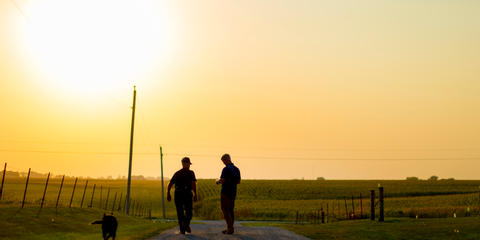
Direct Farm Operating Loan
Farm Service Agency
- Loan
- General
- Equipment
- Animal Purchase
- Diversification
- Marketing
- Processing
- Feed
- Seed
- Fertilizer
- Cash Rent
- Housing
- Construction
- Infrastructure
- Repairs
- Pest Management
- Storage
- Legal & Finance
- Water Management
- Waterway Protection
- Water Quality
- Conservation
- Training
- Immigrants
- CSA
- Refinancing
- Reduced Tillage
- National
- Any
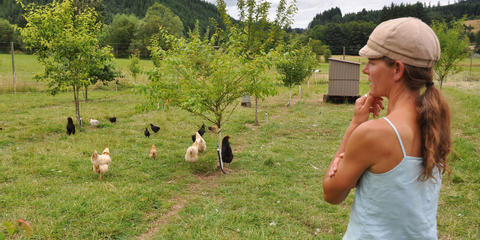
Environmental Quality Incentives Program (EQIP)
Natural Resources Conservation Service
- Grant
- Cost Share
- Conservation
- Cover Crops
- Forest Management
- Certified Grassfed
- Irrigation
- High Tunnel
- Certified Organic
- Air Quality
- Alternative Energy
- Soil Health
- Wildlife & Pollinator Habitat
- Water Quality
- Weather
- Research
- Landscape
- Precision Ag
- Drought
- Nutrient Management
- Carbon Capture
- Fencing
- Agroforestry
- Grazing Management
- Reduced Inputs
- National
- Any
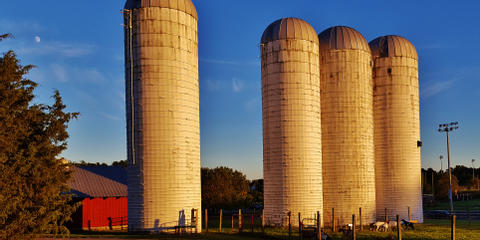
Farm Storage Facility Loan Program (FSFL)
Farm Service Agency
- Loan
- Infrastructure
- Equipment
- Storage
- Lighting
- Delivery Vehicle
- National
- Oilseeds
- Peanuts
- Pulse Crops
- Hay
- Honey
- Biomass
- Fruits
- Vegetables
- Floriculture
- Hops
- Maple Sap
- Milk
- Cheese
- Yogurt
- Butter
- Eggs
- Rye
- Aquaculture
- Poultry
- Livestock
- Grains
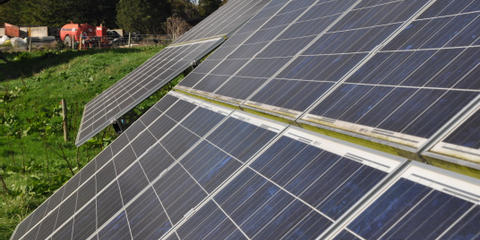
Rural Energy for America Program (REAP)
Rural Development · Closed Sep 30
- Grant
- Cost Share
- Loan
- Alternative Energy
- Biofuel
- Equipment
- Infrastructure
- Conservation
- Solar Power
- Wind Energy
- Hydro Power
- HVAC
- Lighting
- Irrigation
- National
- Any
Details
Release Date
May 12, 2025
Deadline
June 6, 2025
Organization
Financial Instrument
Easement, Cost Share
Updated November 24, 2025
Image Credit: BLM Oregon & Washington
This information was gathered from public sources. Ambrook is not responsible for or able to affect the results of any financial programs listed, nor are they responsible for any incorrect information that is listed or is on the hyperlinked external sites. All information is subject to change.
Explore hundreds more programs on Ambrook.
